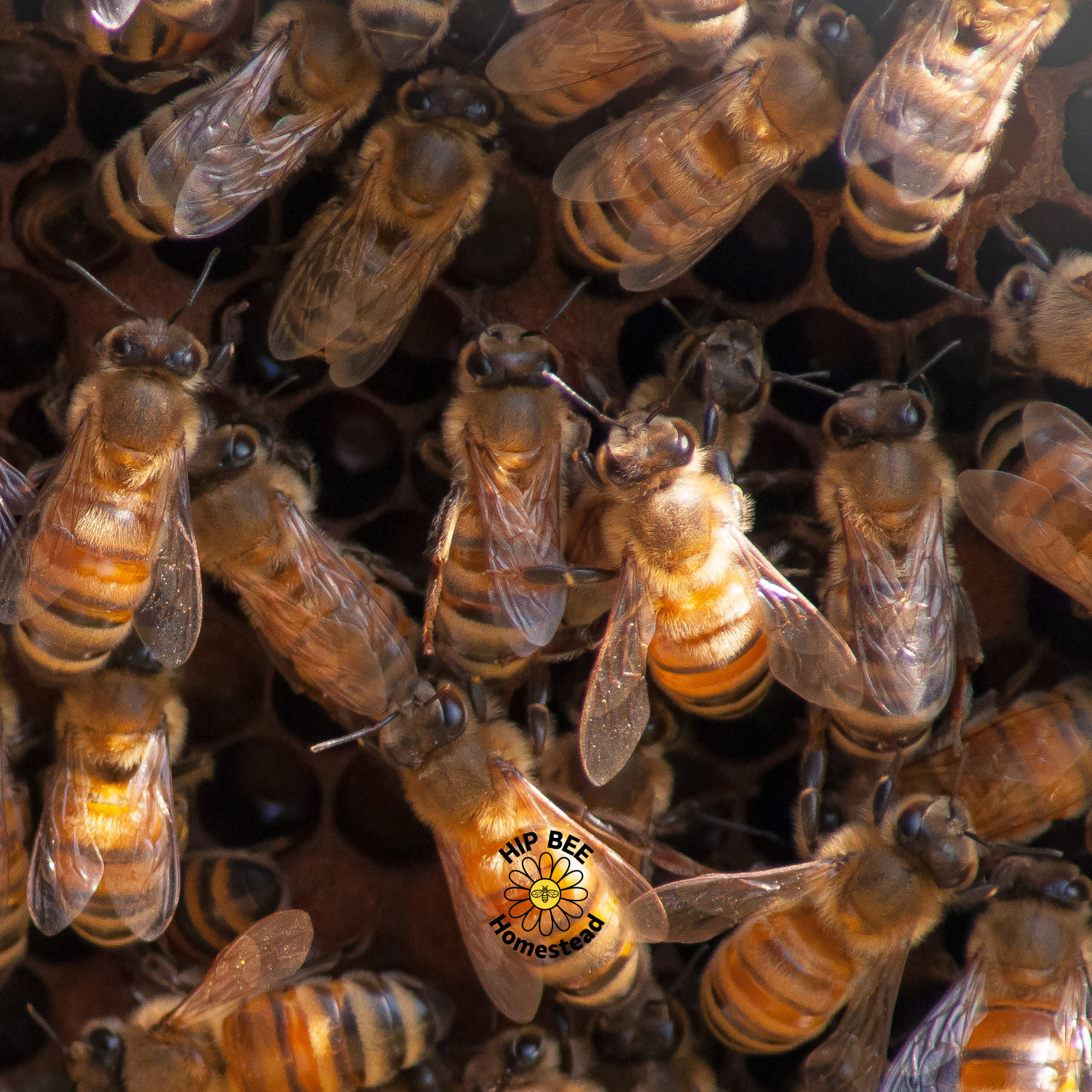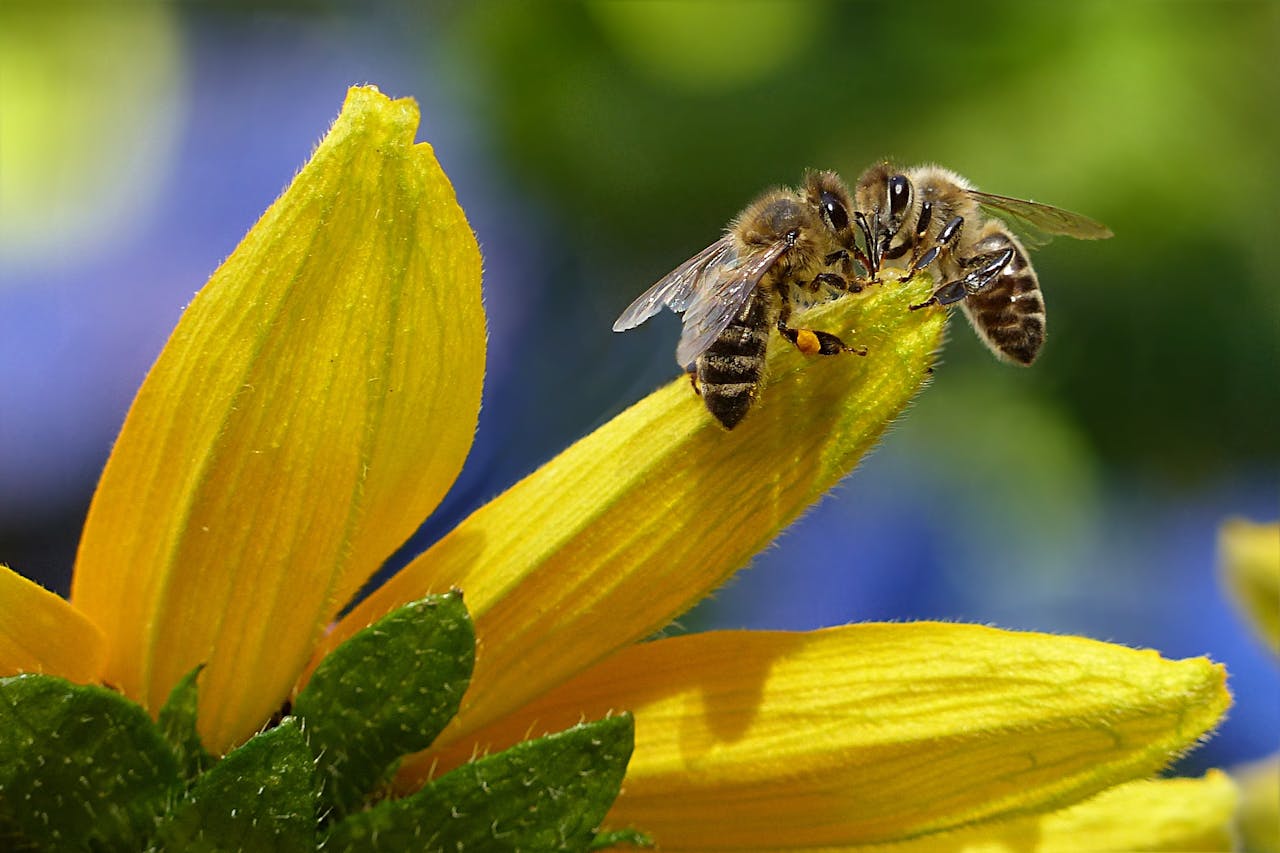
Just as humans do, as cooler temperatures approach, our honey bee friends start preparing for winter. Unlike other bees in colder climates that might go dormant, honey bees in the Southeast remain somewhat active through the winter, gathering food and clustering for warmth. Here’s a look at how bees prepare for winter here and how you can help them thrive during the colder months by creating a bee-friendly garden.
How Honey Bees Prepare for Winter
BUILDING FAT STORES: Bees raised in the fall develop larger fat bodies to help them survive through the colder months. These “fat bees” are essential for the colony’s health during winter.
CREATING A WINTER CLUSTER: Bees form a tight cluster around the queen to stay warm, vibrating their flight muscles to generate heat. The core temperature of the cluster can stay as warm as 90 degrees Fahrenheit, even in cold weather.
REDUCING ACTIVITY: Bees will forage less as temperatures drop, conserving energy and relying on stored honey.
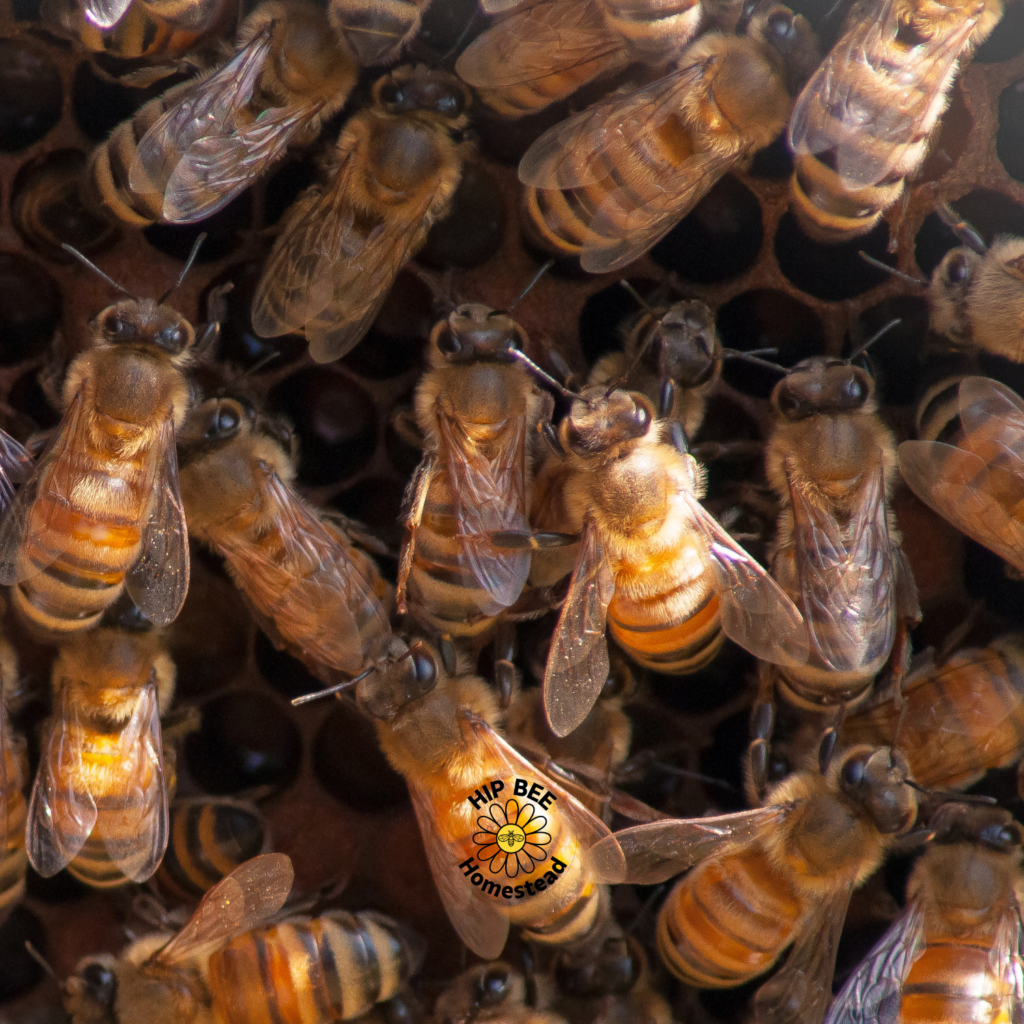
Tips for Creating a Bee-Friendly Winter Garden
Even as bees become less active, there are several ways you can help them prepare for winter and provide support throughout the season. Here are some simple steps:
PROVIDE FRESH WATER SOURCES
In winter, water can be hard for bees to find. Set up a bee-friendly water source, like a shallow dish with stones or marbles where they can land and drink safely. This bee-friendly bowl helps bees access water safely without risking drowning. Bee Watering Station
PLANT LATE BLOOMING FLOWERS
Planting flowers that bloom late into fall can help bees build up their honey stores before winter hits. Look for flowers like asters, goldenrod, and sunflowers. Asters provide a critical late-season pollen source that helps bees prepare for winter. Here are some Aster Flower Seeds to get going! Sunflowers are another fantastic late-season flower for bees, offering both pollen and beauty.
CREATE SHELTER FOR SOLITARY BEES
While honey bees form colonies, there are many types of solitary bees that could use a little winter shelter. Consider setting up a bee house in your garden, especially near flowering plants. – A Bee House for Garden provides shelter for solitary bees, helping them stay warm and safe through the colder months.
AVOID CLEARING FALL DEBRIS
Leaving some natural debris like dead plants, leaves, and hollow stems can provide habitats and materials for solitary bees and other beneficial insects. Basically, a “messy” garden can be a lifeline for many species during winter.
AVOID USING PESTICIDES
Reducing pesticide use in your garden is essential year-round but especially important in the fall and winter. Pesticides can harm bees’ immune systems, making it harder for them to survive cold weather. Therefore, choose organic gardening methods whenever possible to support the health of your local bee population. Organic Gardening Fertilizer – Use a natural fertilizer to nourish your garden without harming bees or other pollinators.
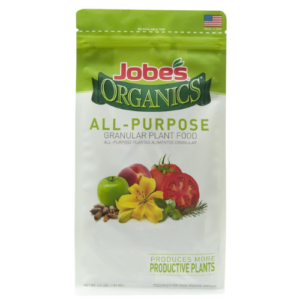
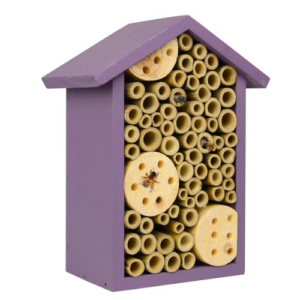
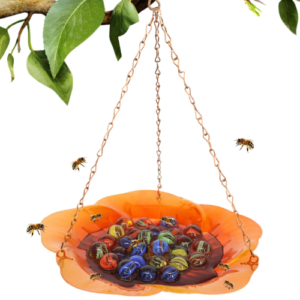
THANK YOU!
Supporting bees during the winter doesn’t require a lot of work, just a few small steps to make your garden a haven for these crucial pollinators. By planting bee-friendly flowers, providing water, and offering shelter, you can help the local bee population stay healthy and strong, even in the colder months. Thank you for being a friend to bees!
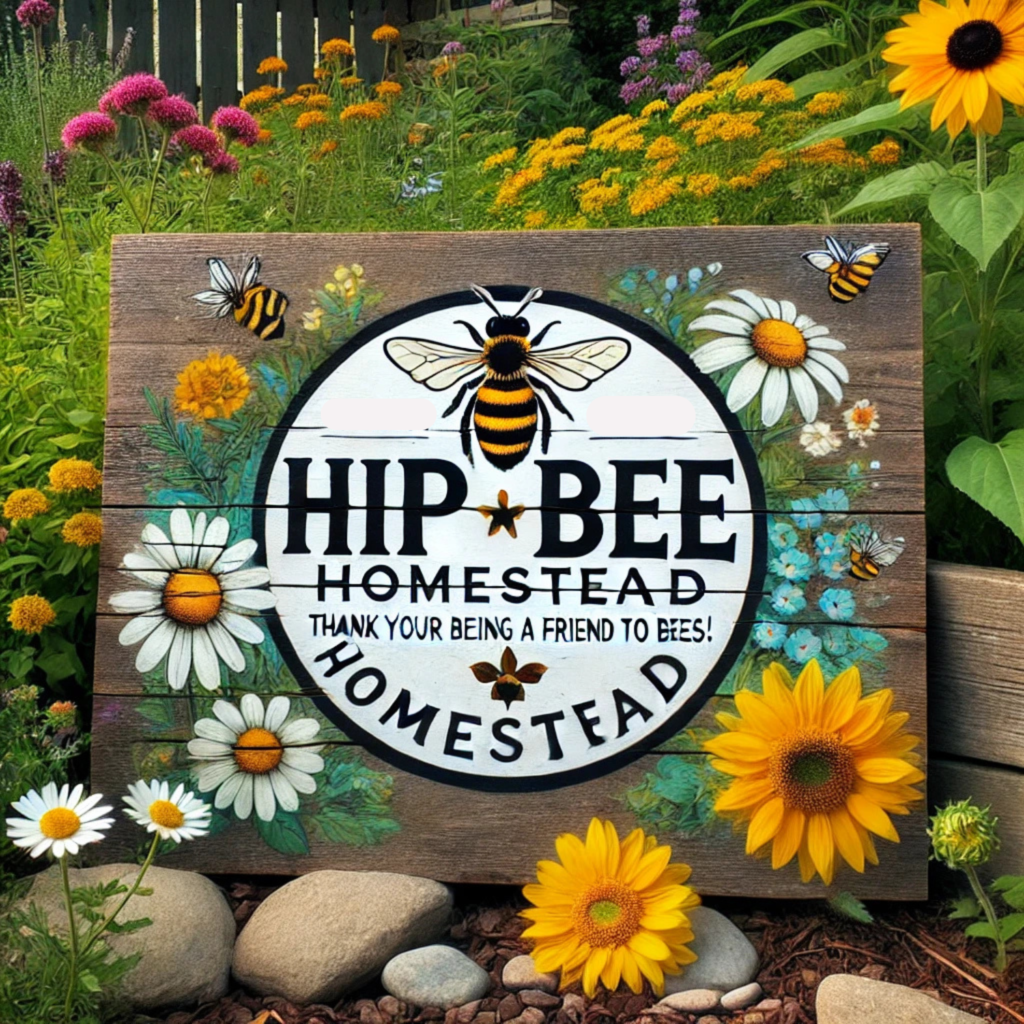
And thank you for being a friend to Hip Bee Homestead! Check out our honey, shirts, stickers and more in our SHOP!
